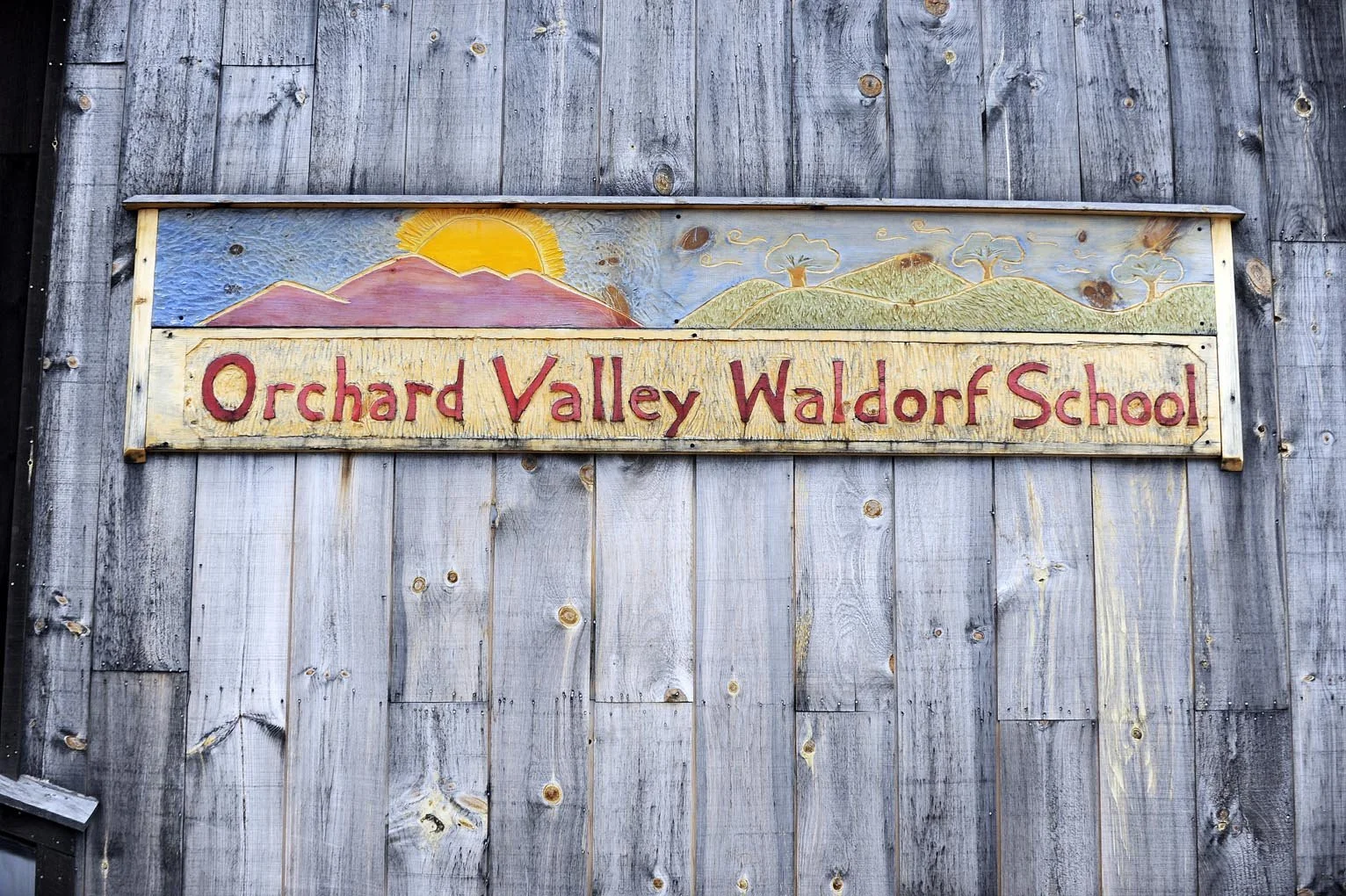Mindfulness practice involves meditative exercises that teach us that our breath is our best friend, and by simply bringing our attention back to our breath in multiple situations we can find inner calm.
The benefits of mindfulness practice are long, including helping one lower stress, think more clearly and/or with focus, and develop patience and compassion. Schools that bring mindfulness to their student body have seen lower drop-out rates, less incidence of bullying, and a rise in the students' grades. In our day and age, the young are needing instruction on how to navigate within and be present for learning. Mindfulness is a skill one can carry and utilize throughout one's life in most any situation.
Both the fifth and sixth/seventh grades have had a series of lessons in mindfulness so far. The students have been receptive to the work, reporting finding it calming and interesting. The young are naturally mindful as they live in the present moment. A simple one- to two-minute centering exercise can readily work wonders. As part of its work to further instill kindness and cooperation among the student body, the school Care Committee is planning an upcoming workshop for the Grades faculty.
Last week, when reflecting on the use of the breath, one student shared that "the breath is like the beat of the drum in music, then the instruments come in, in time with the beat and in harmony with one another. The mind, he continued, when practicing mindfulness, is like those instruments in harmony."





